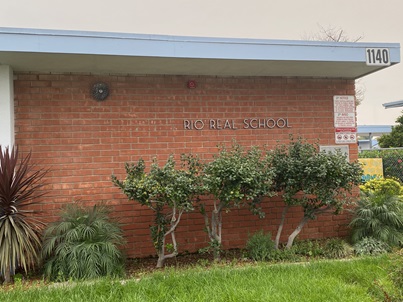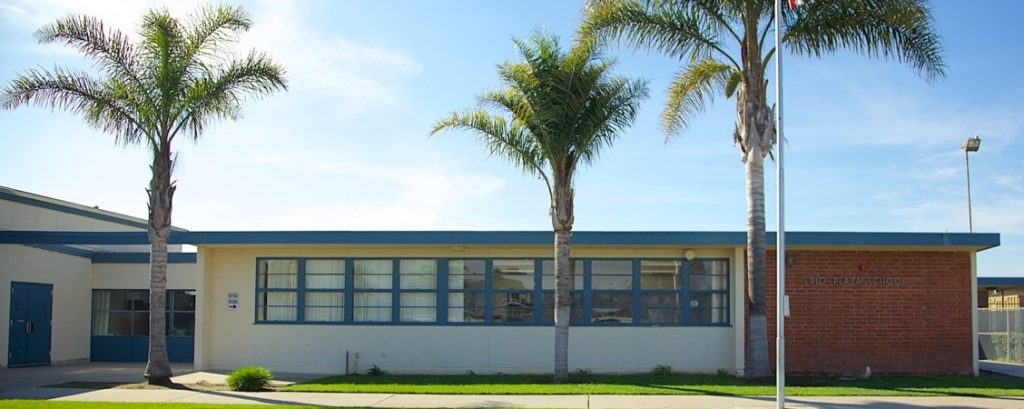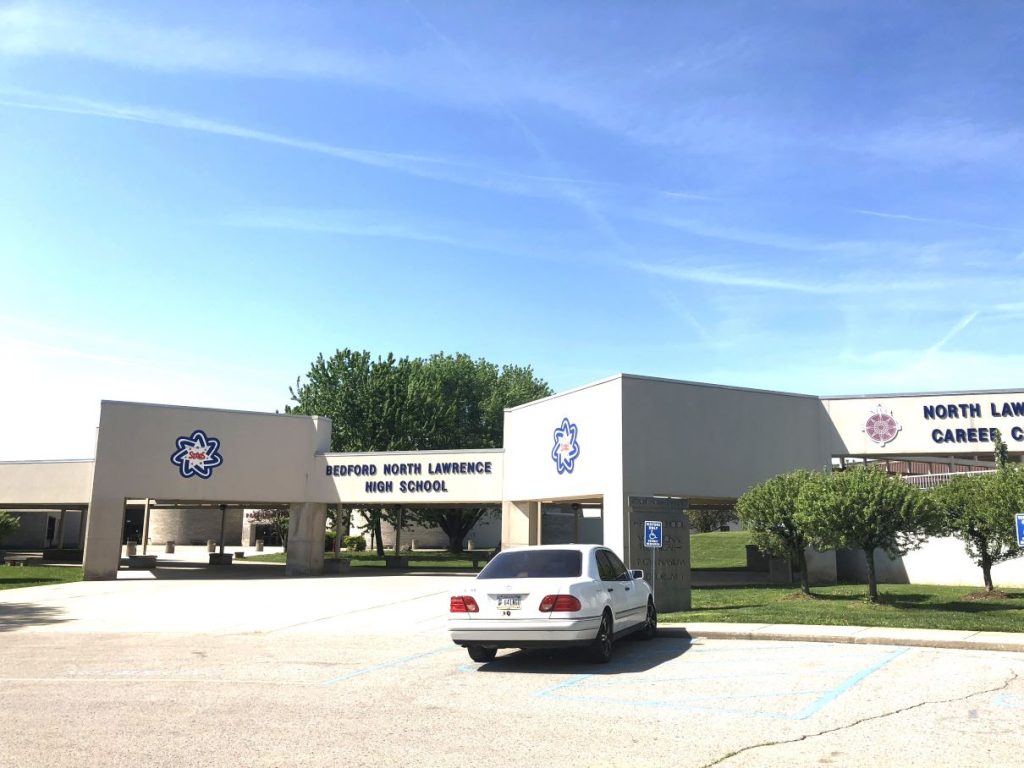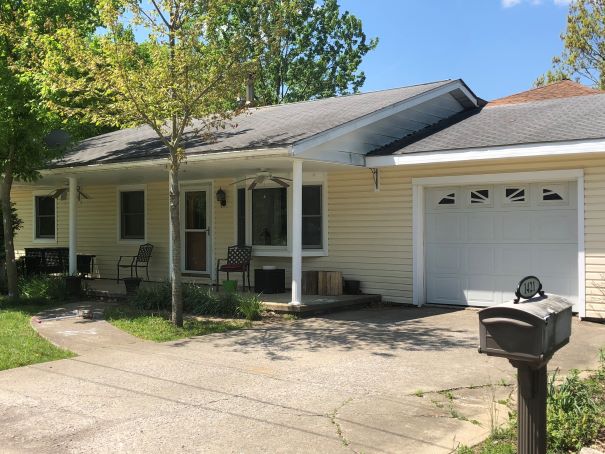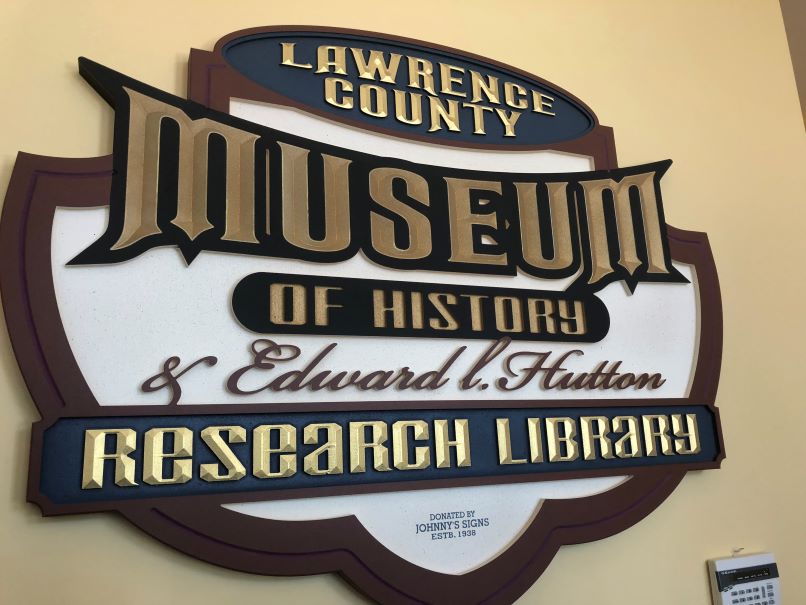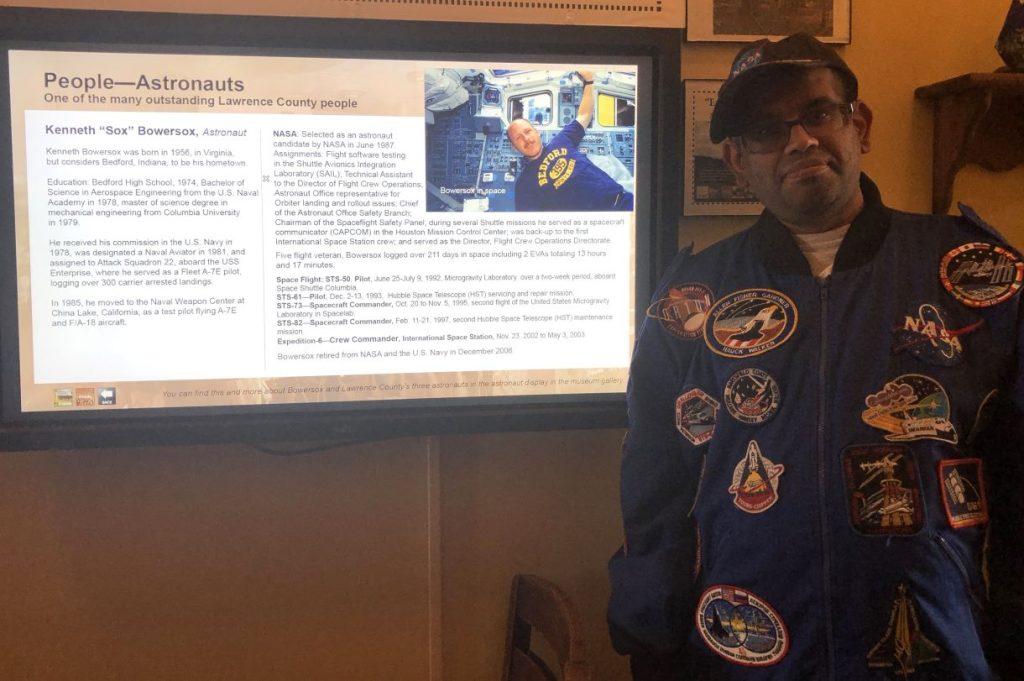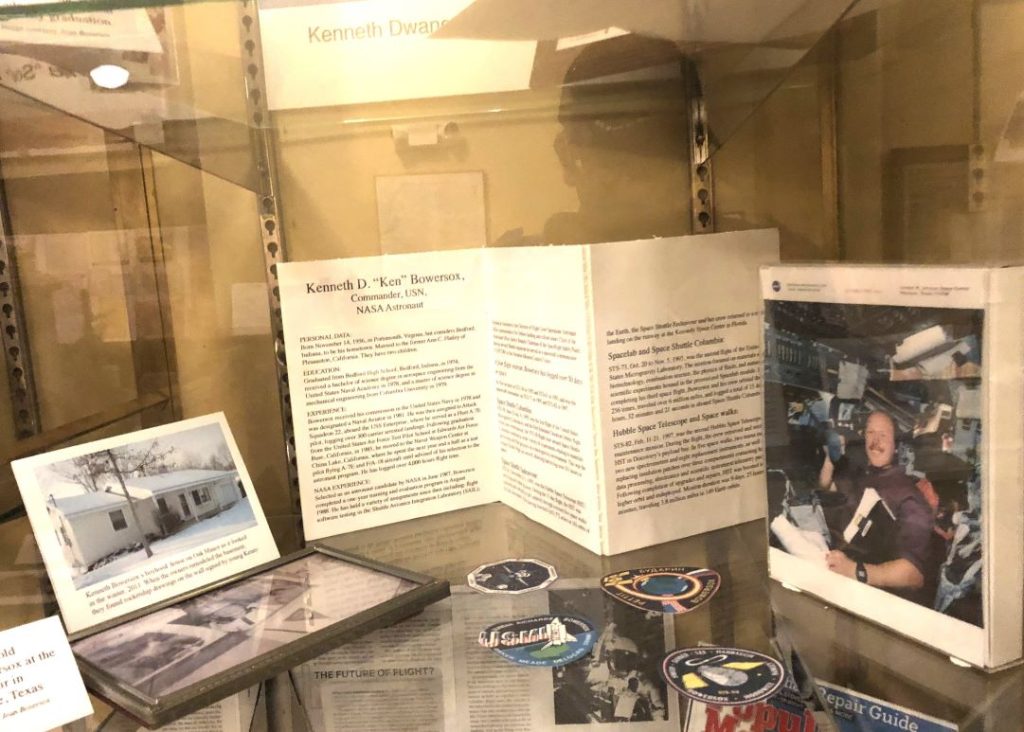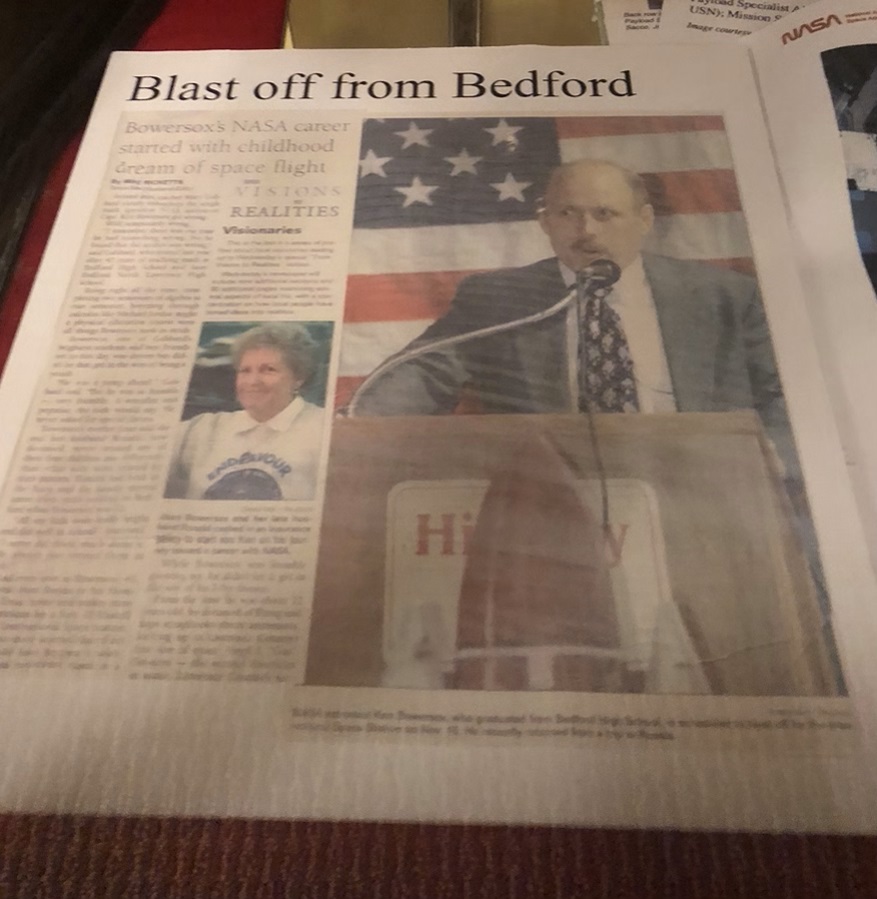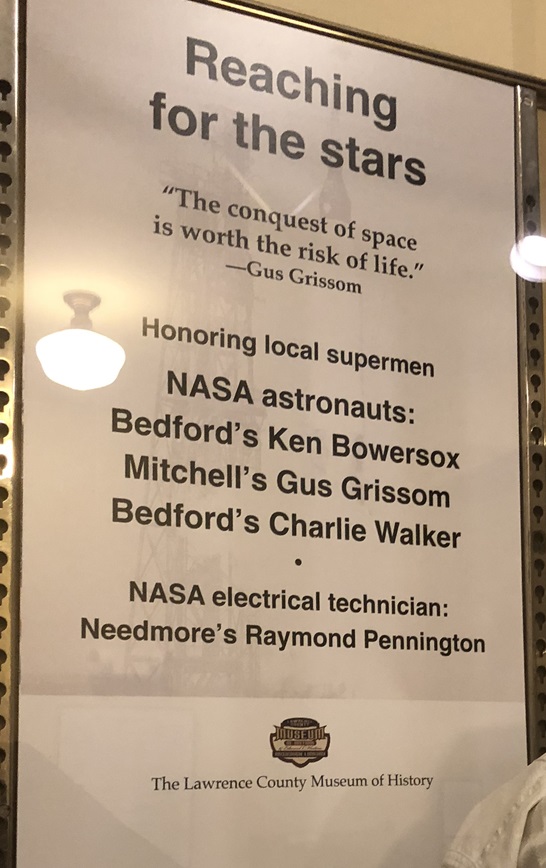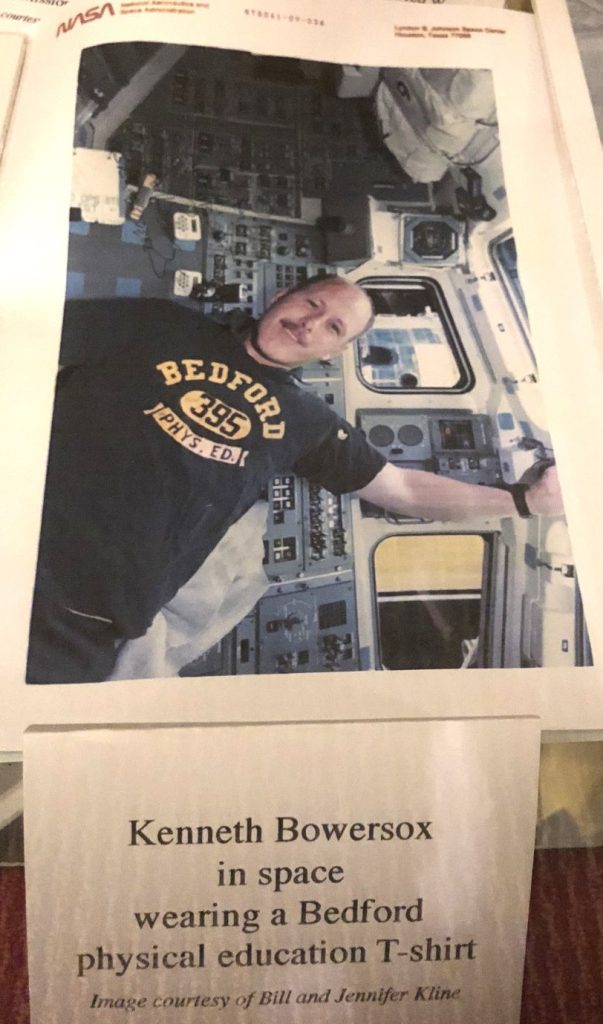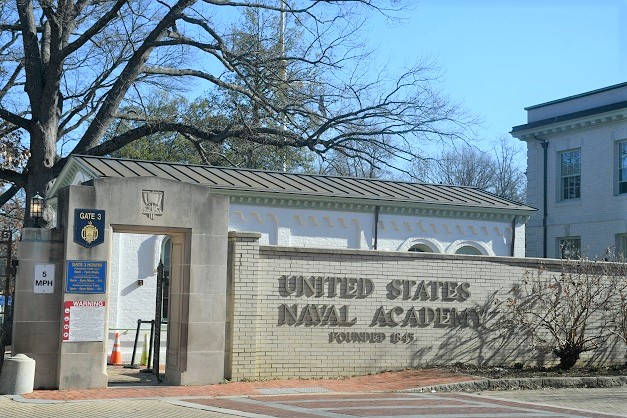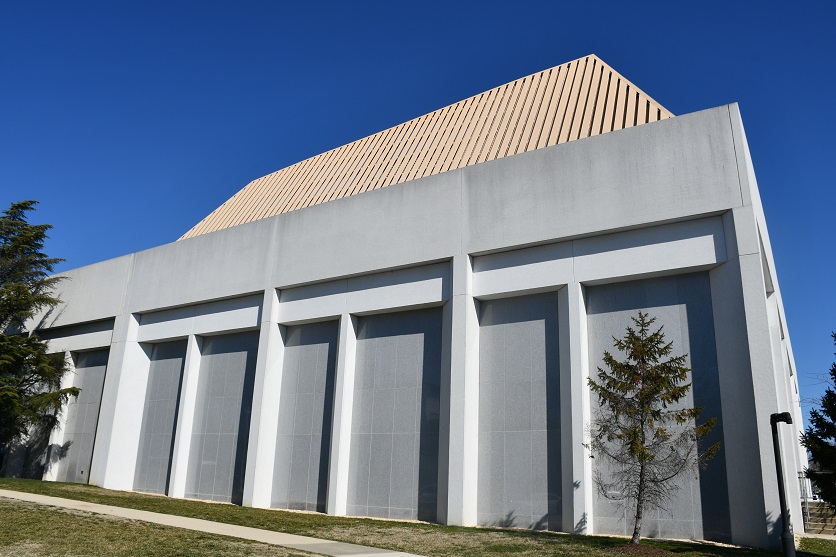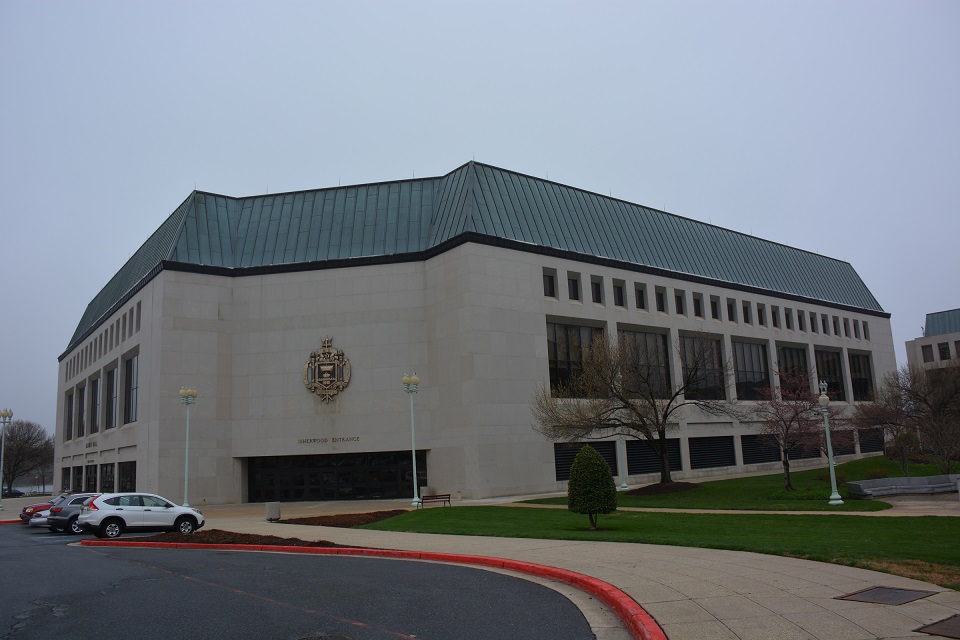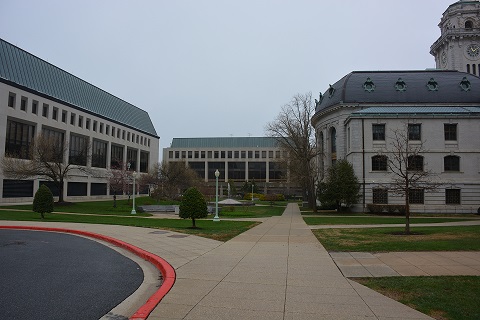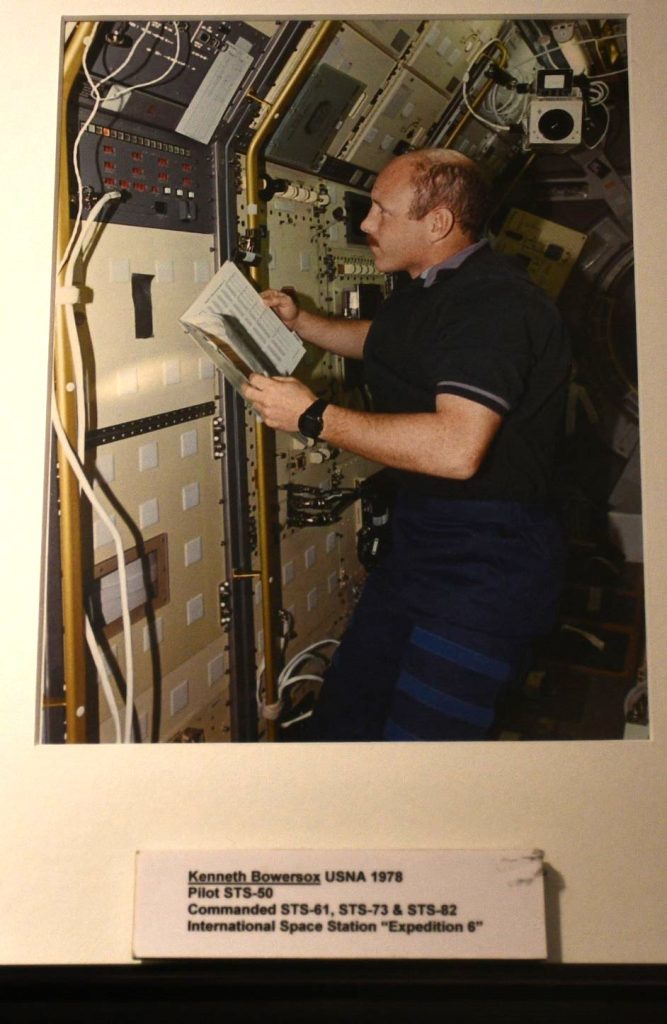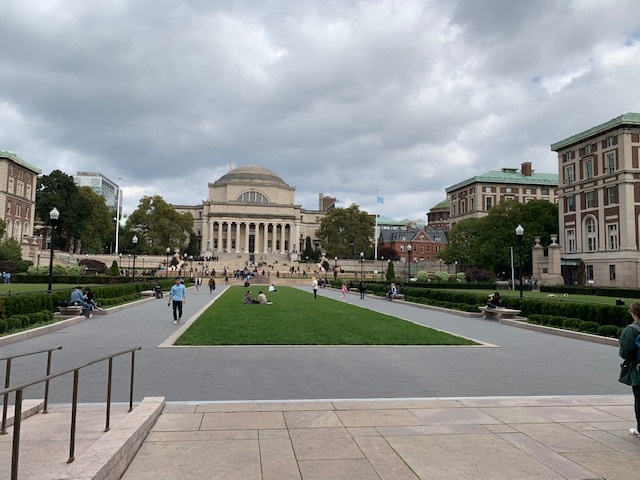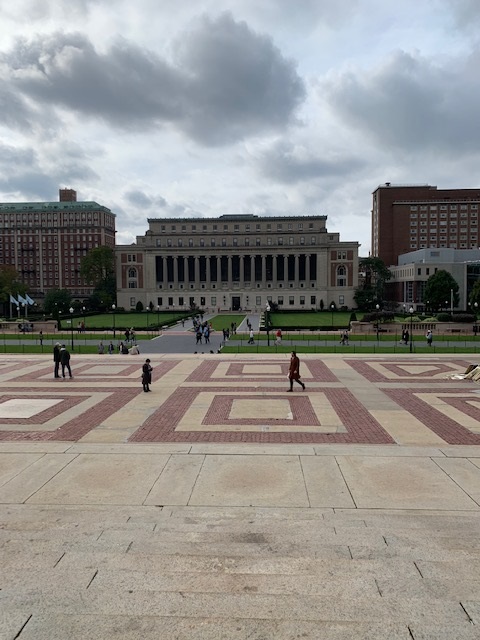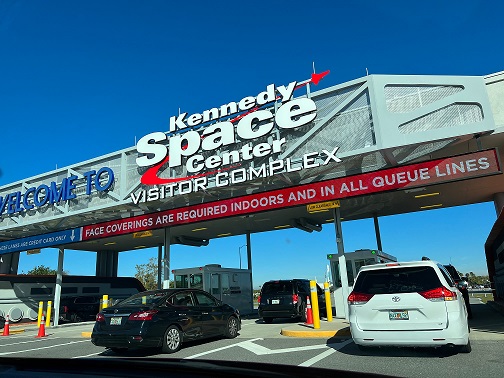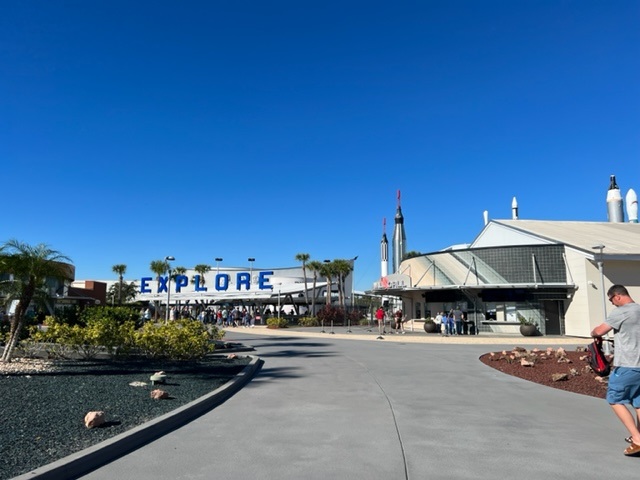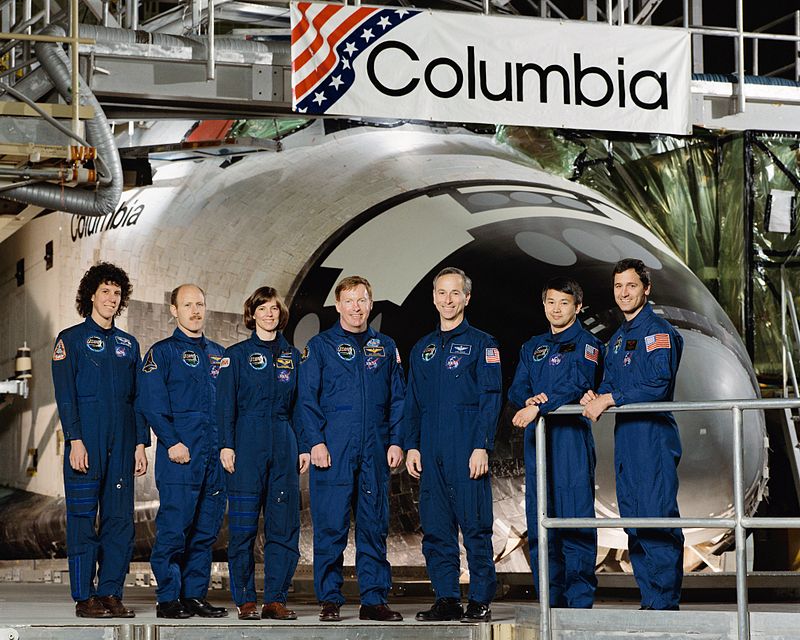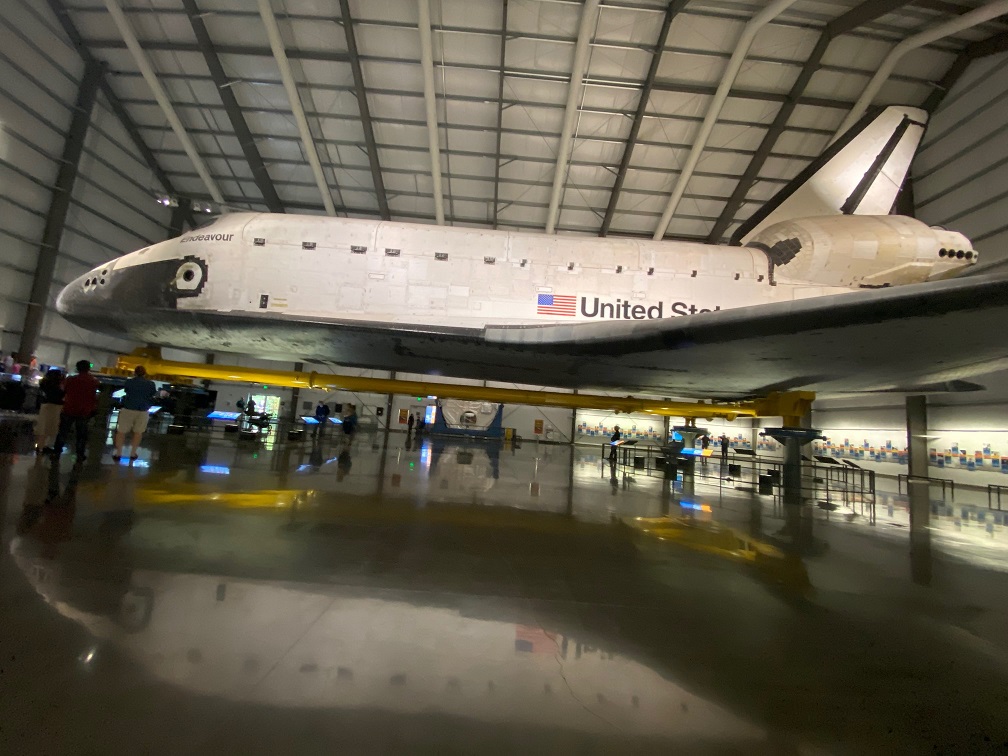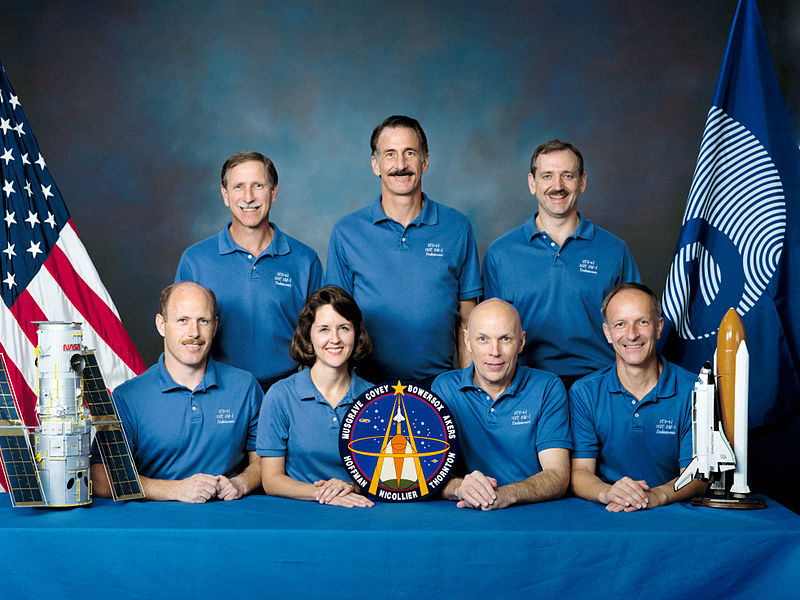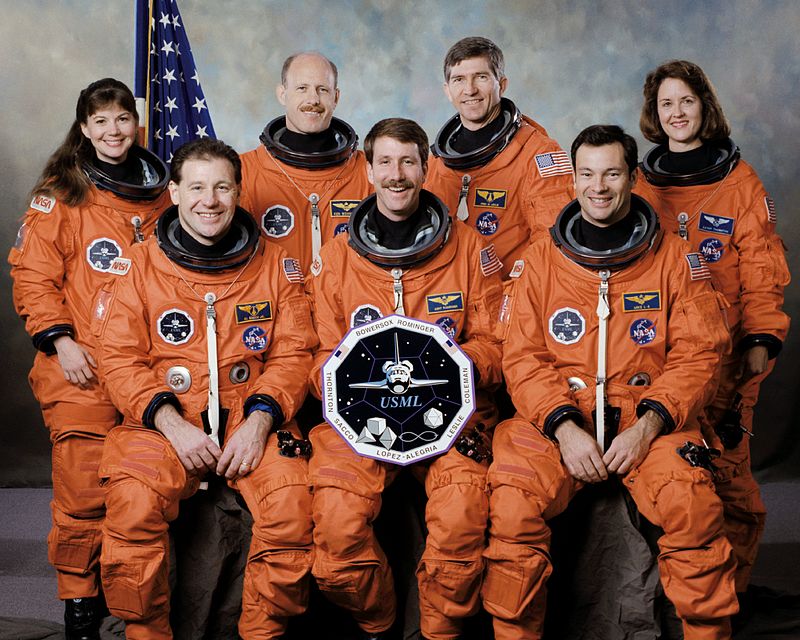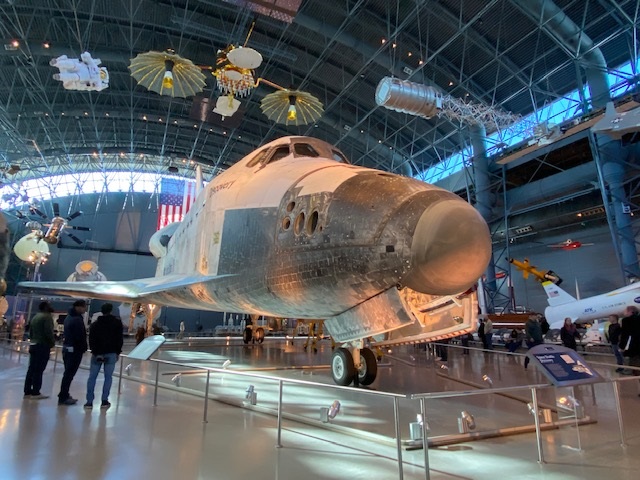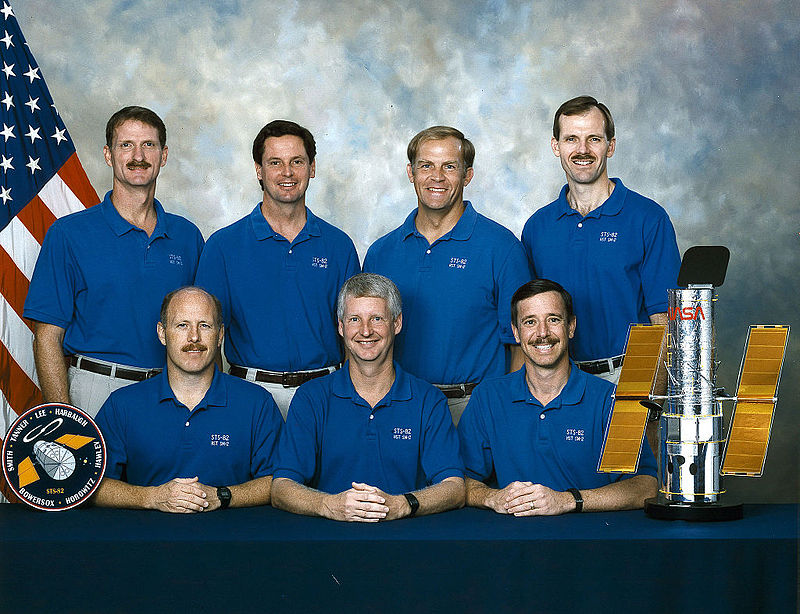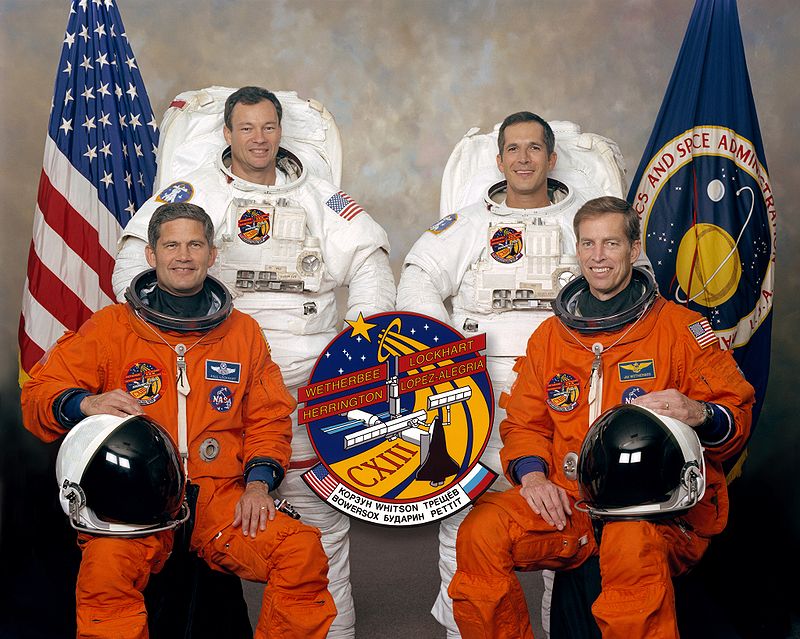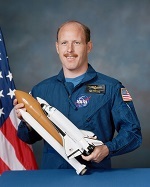| NAME OF ASTRONAUT | DESCRIPTION |
| KENNETH BOWERSOX |
| DESCRIPTION | NAME OF SITE | CITY | STATE |
| BIRTHPLACE | N/A | PORTSMOUTH | VIRGINIA |
| HOME | BEDFORD HOME | BEDFORD | INDIANA |
| MUSEUM | BEDFORD HISTORICAL MUSEUM | BEDFORD | INDIANA |
| SCHOOL | RIO REAL ELEMENTARY SCHOOL | OXNARD | CALIFORNIA |
| SCHOOL | BEDFORD HIGH SCHOOL | MONTEREY | CALIFORNIA |
| SCHOOL | PURDUE UNIVERSITY | WEST LAFEYETTE | INDIANA |
| SCHOOL | US NAVAL ACADEMY | ANNAPOLIS | MARYLAND |
| SCHOOL | COLUMBIA UNIVERSITY | NEW YORK CITY | NEW YORK |
| WORKED | KENNEDY SPACE CENTER | ORLANDO | FLORIDA |
| NAME OF VEHICLE | NAME OF ORBITER | MISSION NUMBER | MISSION DESCRIPTION | LOCATION | CITY | STATE/COUNTRY |
| SPACE SHUTTLE | SPACE SHUTTLE COLUMBIA | STS-50 | The U.S. Microgravity Laboratory-1 was a spacelab mission, with experiments in material science, fluid physics and biotechnology. It was the first flight of a Space Shuttle with the Extended Duration Orbiter (EDO) hardware, allowing longer flight durations. Completed first dedicated United States Microgravity Laboratory-1 flight laying the groundwork for Space Station Freedom science operations. MISSION OBJECTIVTIES Completed 31 microgravity experiments in five basic areas: fluid dynamics, crystal growth, combustion science, biological science, and technology demonstration. Introduced several new microgravity experiment facilities for multiple users and multiple flights (including the Crystal Growth Furnace, Drop Physics Module, and the Surface Tension Driven Convection Experiment). Demonstrated the efficiency of interactive science operations between crewmembers and scientists on the ground for optimizing science return. Completed longest period of protein crystal growth in Space Shuttle program. Conducted iterative crystal growing experiments where chemical compositions were altered based upon microscopic observations of growth processes. Completed longest Space Shuttle mission (13 days 19 hours 30 minutes) at that time and the first Extended Duration Orbiter (EDO) flight of the Space Shuttle program. | N/A | N/A | N/A |
| SPACE SHUTTLE | SPACE SHUTTLE COLUMBIA | STS 61 | The mission launched on December 2, 1993, from Kennedy Space Center (KSC) in Florida. The mission restored the spaceborne observatory’s vision (marred by spherical aberration in its mirror) with the installation of a new main camera and a corrective optics package (COSTAR). This correction occurred more than three and a half years after the Hubble was launched aboard STS-31 in April 1990. The flight also brought instrument upgrades and new solar arrays to the telescope. | CALIFORNIA SCIENCE CENTER | EXPOSITION PARK | CALIFORNIA |
| SPACE SHUTTLE | SPACE SHUTTLE COLUMBIA | STS 73 | STS-73 was a Space Shuttle program mission, during October–November 1995, on board the Space Shuttle Columbia. The mission was the second mission for the United States Microgravity Laboratory. The crew, who spent 16 days in space, were broken up into 2 teams, the red team and the blue team. The mission also included several Detailed Test Objectives or DTO’s. | N/A | N/A | N/A |
| SPACE SHUTTLE | SPACE SHUTTLE DISCOVERY | STS 82 | It was NASA’s second mission to service the Hubble Space Telescope, during which Discovery’s crew repaired and upgraded the telescope’s scientific instruments, increasing its research capabilities. | STEVEN UDVAR HAZY | CHANTILLY | VIRGINIA |
| SPACE SHUTTLE | SPACE SHUTTLE ENDEAVOUR | STS 113 UP | STS-113 was an Assembly Mission (11A) to the International Space Station, delivering the P1 Truss segment, which provides structural support for the Space Station radiators. Mission Specialists John Herrington and Michael López-Alegría performed three spacewalks to activate and outfit the P1. The STS-113 crew and both Expedition crews transferred about 1,969 kilograms (4,340 pounds) of cargo between the shuttle and station. | CALIFORNIA SCIENCE CENTER | EXPOSITION PARK | CALIFORNIA |
| ISS | N/A | EXPEDITION 6 | The Expedition Six crew conducted two spacewalks during its stay at the International Space Station. Both were based out of the Quest Airlock, and the spacewalkers used U.S. spacesuits, which are called Extravehicular Mobility Units, or EMUs. The crew was originally scheduled to conduct only one spacewalk, but a second was added to the manifest for 8 April in order to prepare for future assembly missions. |
